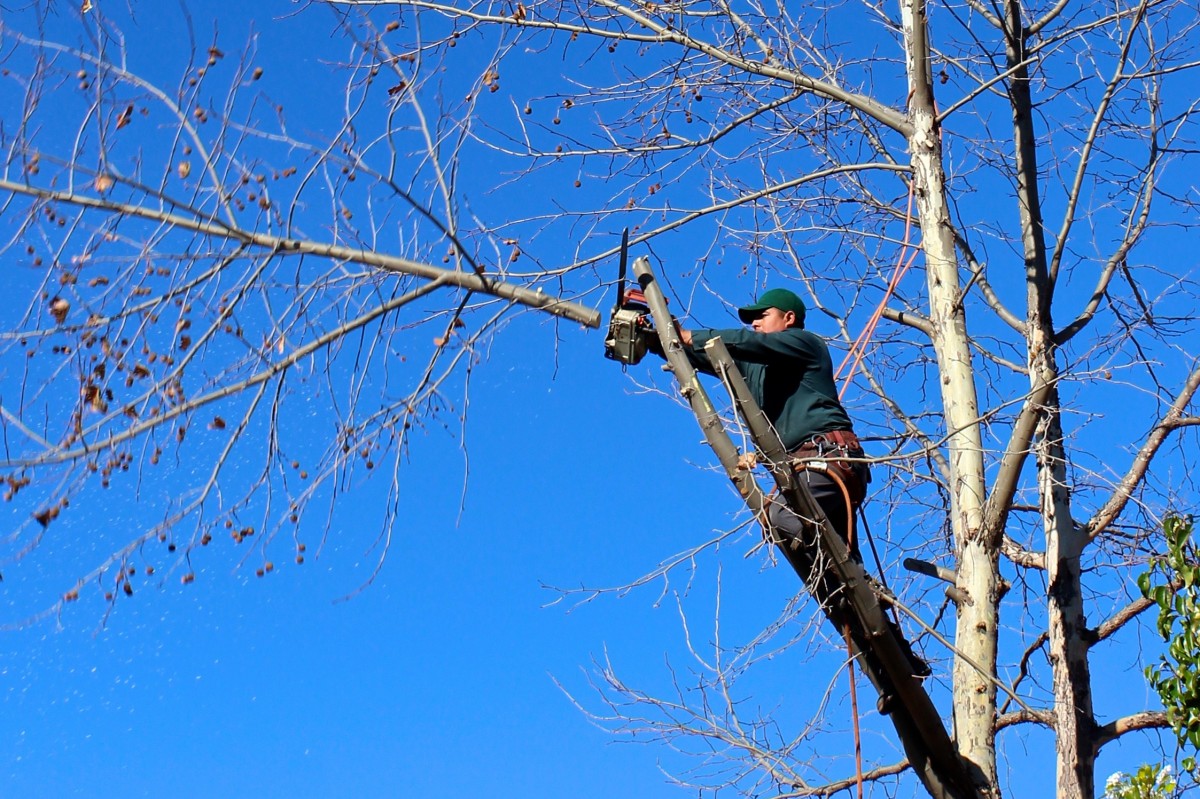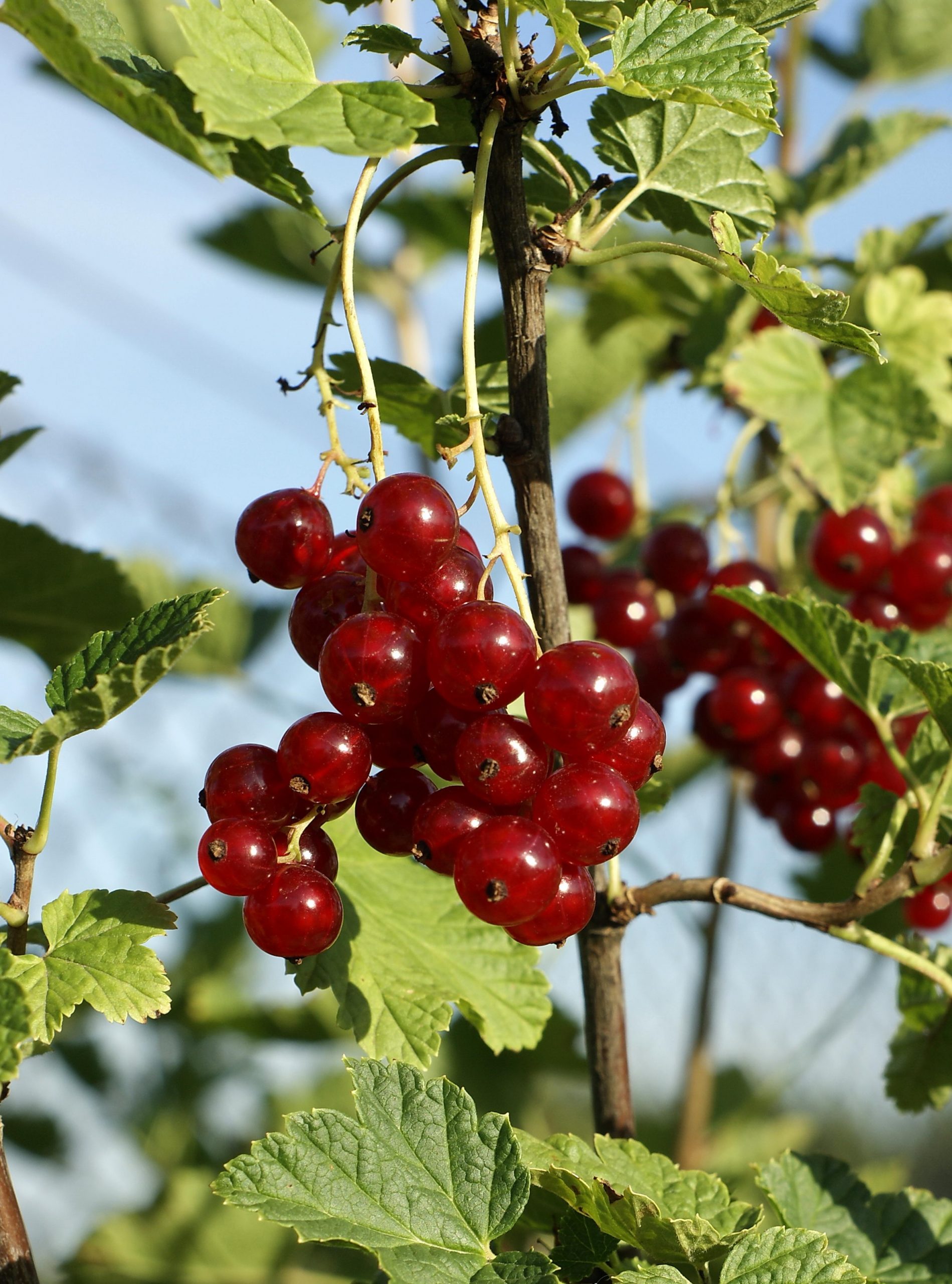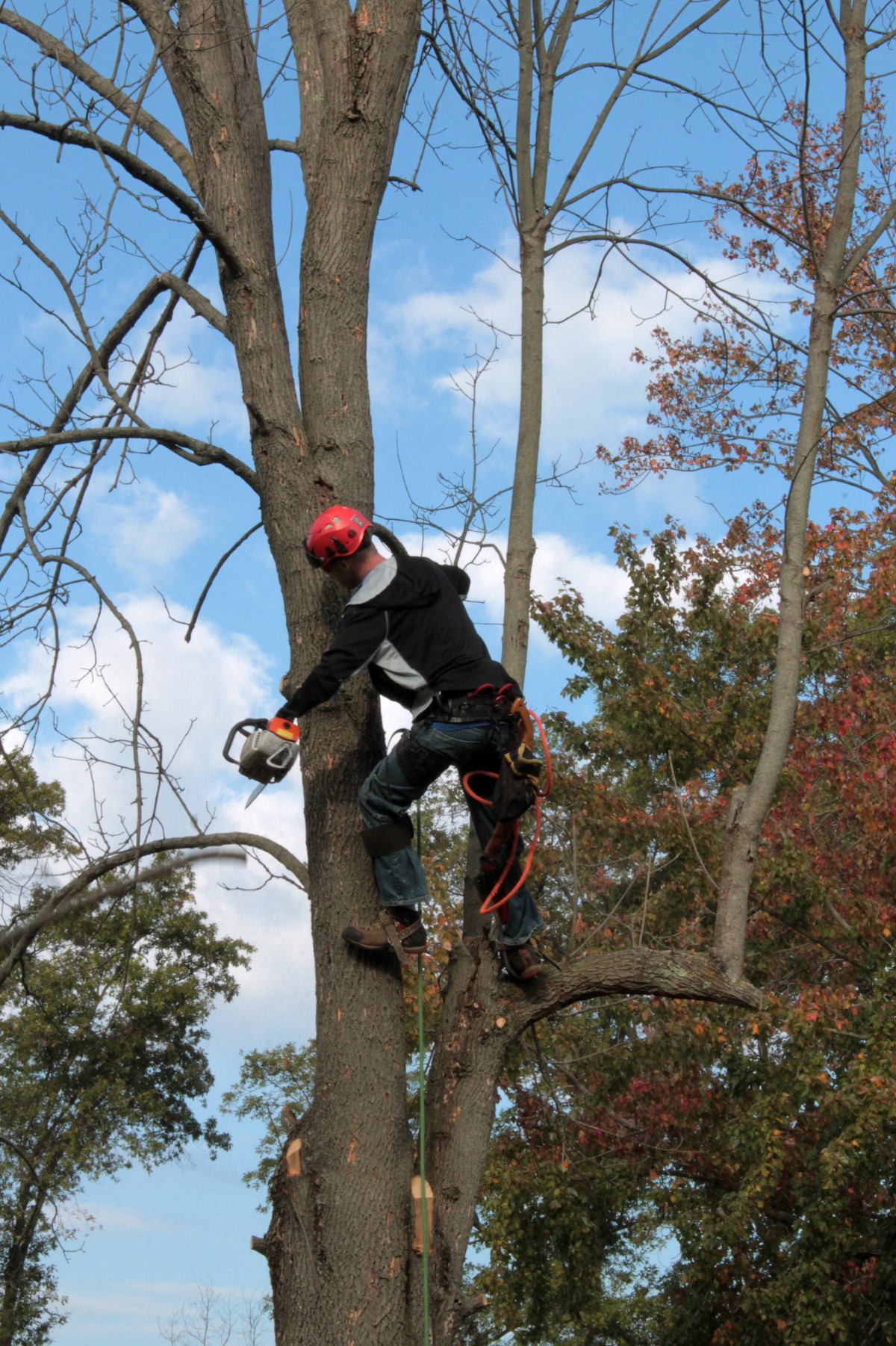Gardens, with their vibrant tapestry of flora, often include trees that stand as majestic sentinels of nature. To cultivate a thriving haven, it’s essential to delve into the delicate art of forest tree pruning. This comprehensive guide unveils the secrets of sculpting nature’s canopy, providing garden enthusiasts with detailed insights to nurture healthy, aesthetically pleasing trees and create a haven of tranquility.
Understanding the Art of Forest Tree Pruning
1. Embracing the Pruning Philosophy
Pruning is not merely a horticultural task; it’s an art form that harmonizes the tree’s natural growth with the desired shape. Adopt a mindful approach, understanding the tree’s essence, and envisioning how its branches can complement your garden’s aesthetic. This philosophy underlines the principle that thoughtful pruning is a journey of collaboration with nature, where the pruner serves as a guide, rather than a director.
2. Timing is Key
Effective pruning relies on perfect timing. Aim for late winter or early spring when the tree is dormant. This ensures minimal stress on the tree, allowing it to redirect energy for new growth when the growing season commences. Timing, akin to a conductor’s mastery of tempo, sets the rhythm for the symphony of growth that follows.
The Pruning Process: A Symphony of Precisio

Establishing the Canopy Vision
Begin by envisioning the ideal canopy shape. Identify dead, diseased, or crossing branches that hinder the tree’s form. Create a mental blueprint for a harmonious, well-balanced canopy that complements the overall garden landscape. This vision serves as the sheet music for the upcoming symphony.
Selective Branch Removal
Delicate precision is crucial in selecting branches for removal. Focus on eliminating those that disrupt the tree’s natural form or pose safety risks. Maintain a balance between the removal of larger limbs and smaller branches to encourage optimal growth. The selection process is akin to composing a piece of music, where each note contributes to the overall melody.
Artistry in Every Cut
Every pruning cut should be intentional, executed with the precision of a masterful stroke on canvas. Consider the tree’s response to each cut and how it contributes to the overall composition. The artistry lies in understanding the tree’s growth patterns and making cuts that guide its growth without stifling its natural rhythm.
Shaping for Health and Aesthetics
Promoting Airflow and Sunlight Penetration
A well-pruned canopy allows for better airflow and sunlight penetration. This not only enhances the tree’s health but also benefits the plants beneath it. Pruning opens up the canopy, preventing diseases fostered by damp, shaded conditions. It’s akin to allowing the music to flow freely through the branches, creating an environment conducive to growth.
Encouraging Foliage Density
Striking the right balance between density and openness is an art. Prune strategically to maintain a lush foliage density that contributes to the tree’s visual appeal. This careful orchestration enhances the aesthetic charm of your garden. It’s like arranging the instruments in an orchestra, ensuring each element plays its part in creating a harmonious composition.
Tools of the Trade: Choosing Wisely
Quality Pruning Tools
Investing in high-quality pruning tools is a gardener’s rite of passage. Ensure your toolkit includes sharp, clean-cutting secateurs for precision, loppers for thicker branches, and a pruning saw for larger limbs. Regularly maintain and sanitize your tools to prevent disease transmission. The tools are your instruments, and keeping them finely tuned ensures a smooth performance.
Aftercare and Nurturing
Sealing Pruning Wounds
After pruning, treat larger wounds with a sealing compound to expedite the healing process. This protective layer shields the tree from pests and diseases, promoting faster recovery. It’s like applying a soothing balm to a wound, ensuring the tree heals gracefully.
Mulching and Feeding
Mulch around the base of the tree to retain moisture, suppress weeds, and provide essential nutrients. Consider a balanced fertilizer to fortify the tree’s health and stimulate new growth. This post-pruning care is the encore, nurturing the tree’s recovery and setting the stage for future growth.
A Symphony of Growth and Harmony
As the final notes of this guide resonate, envision your garden as a symphony of growth and harmony. Forest tree pruning is not just a task; it’s a melody played in collaboration with nature. Each cut, each shaping, and each care practice contribute to a masterpiece that evolves with every season. So, as you embark on your pruning journey, remember that your garden is a canvas, and you, the pruner, are the artist orchestrating a symphony of nature’s grace.



